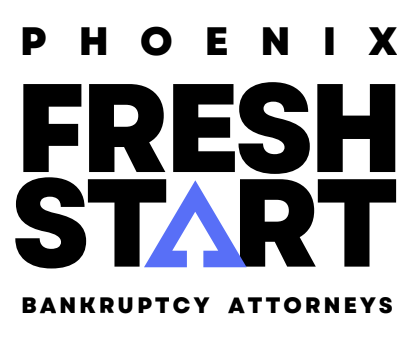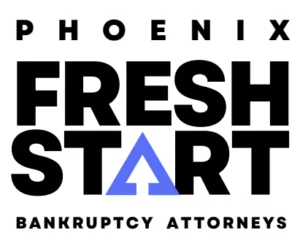Student loans can be considered good debt because the money you’re borrowing to attend school is your ticket to earning a degree and getting hired at a well-paying job. The investment in education generates a return not only in the form of human capital but also in the form of financial return. Student loans are designed to help students pay for higher-education fees, such as tuition, books, school supplies, and living expenses. There are various types of student loans being offered by both the government and private sectors. It can be in the form of a federal student loan or a private student loan.
Federal student loans are educational loans backed by the federal government. They’re available at all educational levels to students of varying financial means. Generally, federal student loans are considered to be more advantageous to the borrower than private student loans made by a bank or a private organization. Federal student loans typically have lower interest rates and more flexible repayment options than private loans. If you avail of a student loan before, it is advisable to consult a qualified Phoenix bankruptcy attorney to know how it can affect your bankruptcy filing.
Before you apply for a student loan, it’s critical to understand how it works and how to utilize it wisely. The article will answer the following questions:
- What Kind of Student Loans Do I Have?
- What Are the Different Repayment Plans Available for Federal Student Loans?
- What is a Student Loan Income-Driven Repayment Plan?
- How Do I Choose a Student Loan Repayment Plan?
- What is The Role of a Bankruptcy Attorney?
What Kind of Student Loans Do I Have
- Federal Family Education Loans (FFELs) – In the past, the government has guaranteed indirect loans or FFEL. It officially ended on June 30, 2010, and all loans made after this date are considered as a part of the direct loan program
- Federal Direct Loans – A federal Direct Loan is a federal student loan made directly by the U.S. Department of Education
- School-Issued Federal Loans – Another type of loan that was previously available was the Federal Perkins Loan. It was intended for graduate and undergraduate students who are really in need of financial aid. This loan officially ended on September 30, 2017, and the final payouts were given until June 30, 2018.
What Are the Different Repayment Plans Available for Federal Student Loans?
Choosing a repayment plan depends on the type of federal student loan you have. Not all student loans qualify for every repayment plan, and not every option is right for all borrowers. A credible Phoenix bankruptcy attorney can help you choose the best repayment plan option for your federal student loan. There are three basic repayment plans available:
depends on the type of federal student loan you have. Not all student loans qualify for every repayment plan, and not every option is right for all borrowers. A credible Phoenix bankruptcy attorney can help you choose the best repayment plan option for your federal student loan. There are three basic repayment plans available:
- Standard Repayment Plan – This is the basic plan for paying off student loan debts. Under this plan, you divide the amount you owe into 120 level payments so you pay the same amount each month for 10 years. This repayment plan saves you money over time because your monthly payments may be slightly higher than payments made under other plans, but you’ll wipe out your debt in the shortest time.
- Graduated Repayment Plan – Graduated repayment amounts can start small, then rise substantially. The graduated repayment plan for student loans lowers monthly payments — potentially to as little as the interest accruing on your loans — and then increases the amount you pay every two years.
- Extended Repayment Plan – An extended repayment plan enables you to extend the time you have to pay your student loan from 10 years up to 25 years. If you have more than $30,000 in federal student loans, you may be eligible for this plan. If you extend the term of your loan, you will pay more interest over time, but your payments will be smaller.
What is a Student Loan Income-Driven Repayment Plan?
Income-driven repayment (IDR) plans are intended to make your student debt more manageable by reducing your monthly payment amount. If you need to make lower monthly payments or if your outstanding federal student loan debt represents a significant portion of your annual income, one of the following income-driven plans might work for you:
- Pay As You Earn Repayment Plan (PAYE) – PAYE takes out 10% of discretionary income as it is earned, and generally lasts up to 20 years.
- Revised Pay As You Earn Repayment Plan (REPAYE) – It is a repayment plan with monthly payments that are generally equal to 10% of your discretionary income, divided by 12. The monthly payment amount is based on adjusted gross income, family size, and total eligible federal student loan balance. This plan is only applicable for Direct Loans.
- Income-Based Repayment Plan (IBR) – This is a repayment plan with monthly payments that are generally equal to 15% (10% if you are a new borrower) of your discretionary income, divided by 12. This repayment plan is for both FFEL Program and Direct Loans.
- Income-Contingent Repayment Plan (ICR Plan) – This repayment plan involves monthly payments that are the lesser of (1) what you would pay on a repayment plan with a fixed monthly payment over 12 years, adjusted depending on your income or (2) 20% of your discretionary income divided by 12.
- Income Sensitive Repayment Plan (ISR) – This plan is available to borrowers with low-income under the Federal Family Education Loan (FFEL) Program loans. The payments under this plan increase or decrease based on your annual income and are made for a maximum period of 10 years.
How Do I Choose a Student Loan Repayment Plan?
If you don’t choose a different repayment plan, your loan servicer, the company that handles the billing and other services on your federal education loan, will place you on the Standard Repayment Plan. Here’s a suggested approach for choosing a repayment plan:
- If You Are Eligible for Public Service Loan Forgiveness (PSLF), Choose an Income-Driven Plan – Public Service Loan Forgiveness is a federal program available to government and certain nonprofit employees. If you’re eligible, your remaining loan balance could be forgiven tax-free after you make 120 qualifying loan payments.
- Try Choosing the Standard Repayment Plan (If PSLF Isn’t a Good Option) – On the standard student loan repayment plan, you make equal monthly payments for 10 years. If you can afford the standard plan, you’ll pay less in interest and pay off your loans faster than you would on other federal repayment plans.
What is The Role of a Bankruptcy Attorney?
If you applied for a student loan and are filing bankruptcy, it is important to know how the different types of loans being offered by the government will affect your filing. You need to understand how loan repayment terms will influence the way you manage your finances and the monthly payment in your would-be payment plan. For legal help in declaring bankruptcy given your student loan, do not hesitate to consult our experienced Phoenix bankruptcy attorneys at Phoenix Fresh Start Bankruptcy. Our lawyers will guide you in choosing the best option.





